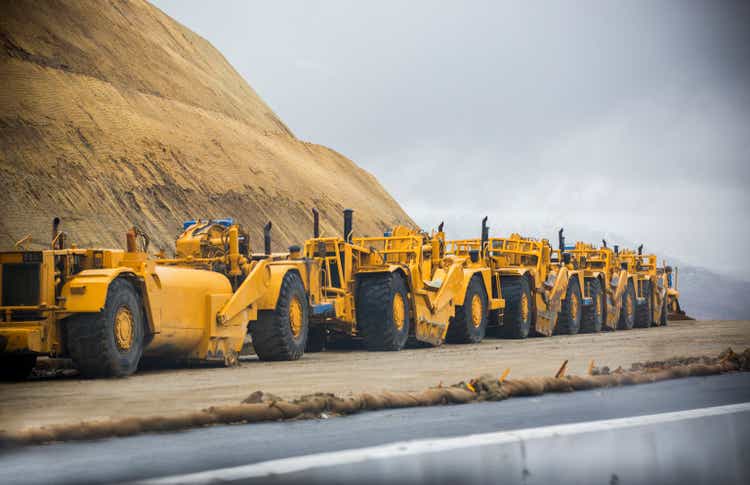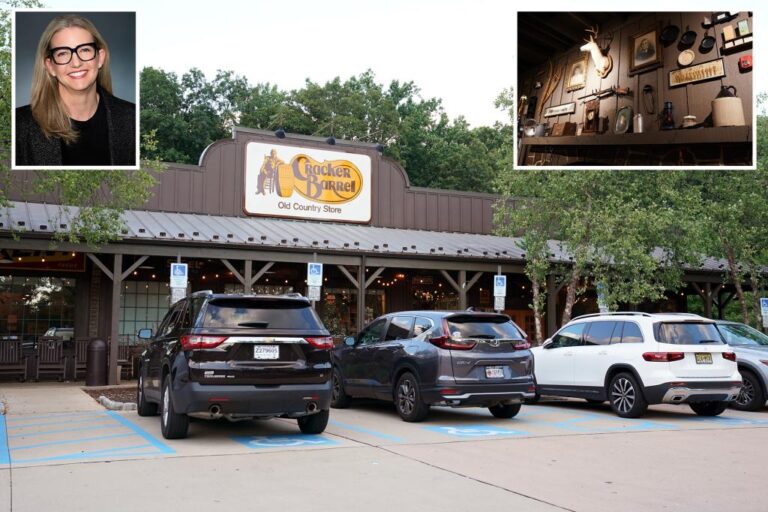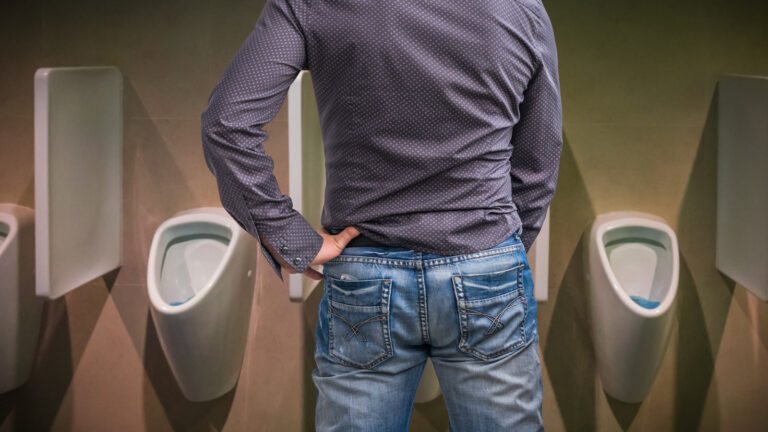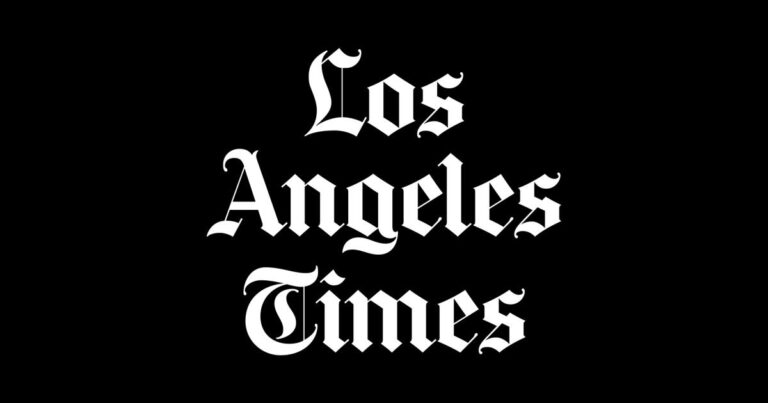
MCCAIG/iStock via Getty Images
Introduction
Those of you that have previously come across my articles on Seeking Alpha are most likely aware that I almost always write about equities that we already own. On rare occasions, I have written about stocks that I had heard mentioned on the radio and was considering purchasing. And, if there is one single factor that piques my interest more than any other, it is finding out that the equity being discussed has a hefty dividend. So, not only did I hear a news story about Caterpillar (NYSE:CAT) while listening to Bloomberg Business Radio back in early 2016, but a quick check revealed that it also paid a sizable dividend.
As a result, in early 2016 we made our initial purchases of Caterpillar at $58.04 That news story was that Goldman Sachs (GS) had downgraded the stock to a sell. Rather than worrying about Goldman’s concerns about a slowing economy weighing on the share price, I looked at the $3.08 dividend and a yield of more than 5%. More importantly, CAT had been increasing the annual payout for more than two decades and the company was likely to become a Dividend Aristocrat – a company that had increased the annual payout for at least 25 years.
Once joining that exclusive club, company boards seem reluctant to stop hiking those dividends and losing their membership. During Caterpillar’s Q3 conference call its CEO emphasized this point, noting:
We remain proud of our Dividend Aristocrat status, and continue to expect to return substantially all ME&T free cash flow to shareholders over time through dividends and share repurchases.
Bottom Line? While I attempt to provide impartial and objective analysis, it is likely that the performance of our personal holdings have influenced my perspective and probably slanted any analysis. And, of course, even if the share price hadn’t moved higher, CAT’s dividend increases and yield would be significant factors in any analysis.
The Dividend
That $3.08 dividend has since risen to an annual rate of $5.20. That’s an increase of 69% over the past 8 years. Seeking Alpha’s Quant ratings give CAT’s dividend the following Dividend Grades, where the grades are relative to the Industrials sector:
|
Category |
Sector Relative Grade |
Description |
|---|---|---|
|
B+ |
The company’s ability to continue paying current dividend amount. |
|
|
A |
The attractiveness of the dividend growth rate when compared to peers. |
|
|
B+ |
The attractiveness of the dividend yield compared to peers. |
|
|
A+ |
The company’s track record for paying consistent dividends. |
|
The long term performance has been outstanding for my adult daughter’s account, although the share price appreciation had made her portfolio far too concentrated, and by the end of 2017, I chose to sell half her shares in order to diversify. Regardless, even with that sale, the reinvested dividends and growth of the remaining shares show that the current value has quadrupled from the initial purchase.
I wasn’t nearly as successful for my own position. I purchased 200 shares in one of my IRAs at $58.40 the same year that I opened a position for my daughter. Rather than letting the reinvestment of the dividends drive similar returns over time, I focused on the move of the price up to $62.19/share by January 28th. I asked myself, “Why wait a year for $616 in dividends when I can have a $750 gain right now?” Four months and 13 trades later I had nearly $2200 in profits, or just over 3.5 years’ worth of those potential dividends.
The highly successful investor Bernard Baruch made a number of memorable quotes about investing, including, “I made all my money by selling too soon.” That was small consolation as I looked at more than $20,000 of missed upside by not holding onto shares that would rise to $173 by January of 2018 (not to mention the benefit from re-investing all the dividends). Fortunately, I had another opportunity to purchase shares at a more reasonable price when they dropped to $119 in Q4 of 2018. At that time the dividend was $3.44 for a yield of just under 3%.
Since then we have used our broker’s no-cost dividend re-investment program to purchase additional shares and watched the market push the share price to new all-time highs that resulted in Caterpillar growing to our 3rd largest equity position. As noted above, that dividend has risen to $5.20, but with a share price above $285, the forward yield has declined to a miniscule 1.82% – a rate unlikely to keep up with the rate of inflation.
One other note about the importance of dividends to an investor’s total return. There are various studies that illustrate the significant contribution of dividends to an investor’s total return, including the following one from S&P Global:
Since 1956, dividends have accounted for approximately one-third of the total equity return of the S&P 500®, with capital appreciation making up the other two-thirds.
A study by Fidelity that stresses the importance of dividends to total return over the past 100 years is cited towards the end of this article.
Recent Performance
The third quarter results – to put it mildly – were robust, and CEO, Jim Umpleby’s prepared remarks made during the Q3 earnings call did little to rein in expectations:
- Sales and revenues increased 12% vs. 2022.
- Adjusted operating profit margin improved to 20.8%, up significantly year-over-year.
- The $2.9 billion of ME&T (Machinery, Energy and Transportation) services free cash flow in the quarter was in line with company expectations, but adjusted operating profit margin, and ME&T free cash flow exceeded expectations
- Backlog was $28.1 billion.
- Supply chain conditions improved, along with product availability and lead times improved for many products.
The improvement of supply chain issues and product availability allowed some dealers and customers to delay placing new orders. While expected by the company, the fact that dealers and customers could wait longer to place orders, led to a moderation in order rates and backlog. Umpleby also noted that despite these adjustments, the metrics remained elevated as a percentage of revenues, and that the company continued “to closely monitor global macroeconomic conditions…” and now expected that the full-year 2023 results would be better than anticipated during the Q2 earnings call.
Q3 sales and revenues increased by 12% to $16.8 billion mostly through less discounting and volume growth, and increased in each of the company’s three primary segments. Compared with the third quarter of 2022, overall sales to users increased 13%. Despite that increase, Umpleby noted that it was below the company’s expectations.
Choosing A Rating For Caterpillar
Seeking Alpha requires that contributors choose a rating for single ticker articles, although it does not provide detailed criteria for choosing one of the five ratings: Strong Buy, Buy, Hold, Sell, or Strong Sell. Without such criteria, choosing a rating has often proved challenging. Since the overwhelming percentage of articles that I submit are part of my portfolio, one might think that any stock I write about should at least be a hold.
But what if the stock in question has had a fabulous run, become too large a portion of our portfolio, and I am considering selling a portion to rebalance and reduce my risk? What if I intend to sell a portion and invest in a higher yielding equity? Should my anticipated actions be part of such a rating selection? Choosing a rating for Caterpillar certainly presents just such challenges when it comes to the low dividend yield or the fact that Caterpillar now represents nearly 8% of our equity portfolios.
Fidelity’s website includes this about the importance of dividends:
One way to get the inflation-fighting benefits of stocks may be to look for types of stocks that have historically outperformed when inflation has been high. One key characteristic to look for is whether or not they pay dividends. Dividends have contributed roughly 40% of the total return of the S&P 500 since 1930. But during the 1940s, 1970s, and 1980s when inflation averaged 5% or higher, dividends produced 54% of that total return1, says Naveed Rahman, co-manager of the Fidelity® Equity-Income Strategy.
It would seem that Caterpillar’s dividend yield of less than 2% (~1.8% yield as I currently type this) will provide minimal protection from inflation or contribute much to total return. So, while we will not be trimming our positions immediately, we will be turning off the dividend re-investments while looking for other places to move cash from the expected dividends.






















